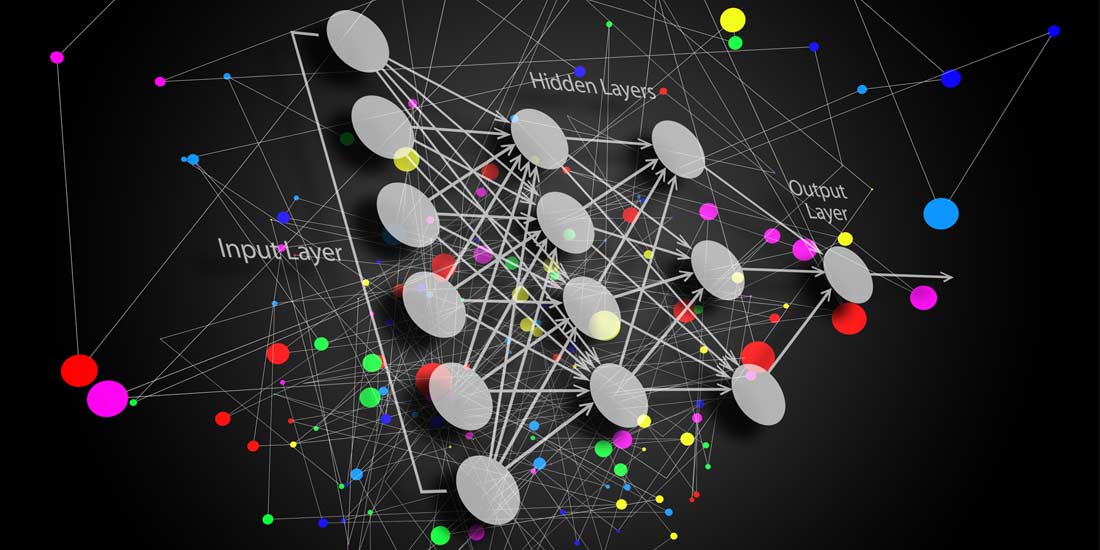Most AI models—from various tech companies such as Google, OpenAPI, and Microsoft—are now publicly available. This strategy represents a significant milestone in the widespread adoption of AI. Rather than investing vast resources in training models with comprehensive linguistic understanding, businesses can now concentrate on refining pre-existing LLMs to cater to specific application scenarios.
Nevertheless, selecting the appropriate model for your specific application can be a challenging task. Users and stakeholders must navigate through a dynamic ecosystem of language models and associated advancements. These enhancements target various aspects of the language model, such as its training data, pre-training objective, architecture, and fine-tuning methodology. Only then can someone know what constitutes the best fit.
Let´s dive into the options open to businesses before providing some guidance on selecting the right model to align with your business goals.
The language model landscape
Large language models (LLMs) have emerged as a crucial element in the AI realm, enabling the transformation of numerous business operations. Among them, the much-discussed ChatGPT has played a pioneering role in reshaping the technological landscape. The generative AI market is projected to reach a substantial value of USD 188.62 billion by 2032. Notably, North America is anticipated to hold the largest market share in this sector of generative AI.
The two most prominent examples of current LLMs are:
BERT: A model developed by Google that arguably revolutionized natural language understanding tasks, especially in the fields of SEO and answering systems.
GPT-3/GPT-4: groundbreaking models created by OpenAI, these LLMs are capable of understanding and generating human-like text for various tasks.
How do businesses generally use them?
The way in which businesses use LLMs depends on the industry they are in. For instance, sentiment analysis can be particularly useful for those in the field of marketing and marketing analytics. Advanced language models offer a powerful tool for identifying and categorizing subjective opinions in textual data. Their application holds significant value in marketing, social media monitoring, and customer service, enabling businesses to gauge public sentiment and opinions surrounding specific brands, products, or services. With LLMs, companies can gain valuable insights into the perception of their offerings within the market.
Text mining is another powerful approach to extracting meaningful patterns and statements from vast amounts of data. In the insurance industry, analyzing insurance applications enables the derivation of valuable insights from similar claims, forming a comprehensive knowledge database.
This aids insurance investigators in identifying instances of fraud, such as the presence of shared keywords or accident descriptions across diverse geographic locations and multiple claimants. These recurring elements serve as red flags for potential organized fraud schemes. Additionally, the efficient processing of legitimate claims contributes to enhanced customer experiences by ensuring faster and smoother transactions.
What is the selection process for LLMs?
First, you must assess your business operations to identify areas where a Language Model (LLM) can add value, such as customer support, content generation, or data analysis. Once this is done, you can determine the tasks that can be delegated to LLMs.
Before you go about actually selecting an LLM, you need to think about tokenization. This refers to breaking down unstructured data and natural language text into discrete units—a tokenizer transforms them into manageable chunks of information. These tokens can be leveraged as a vector representation of a document, enabling the conversion of a raw text document into a structured numerical data format suitable for machine learning.
The benefits of tokenization extend beyond data preparation. Tokens can be directly utilized by computers to trigger relevant actions and responses, facilitating practical applications. Additionally, in the context of a machine learning pipeline, tokens can serve as features that contribute to more complex decision-making and behavior modeling.
Next, select a suitable LLM based on your needs, considering factors like task complexity, model capabilities, and resource requirements. Gather and preprocess relevant data to fine-tune the chosen model, ensuring alignment with your business context and producing accurate, domain-specific results.
Businesses might find it useful to check out Hugging Face which offers a community ‘Hub’ that serves as a centralized platform for sharing and discovering models and datasets. The Hub acts as a collaborative space where individuals can freely contribute and explore a diverse range of resources, fostering inclusivity and knowledge sharing in the field of AI.
For example, if a company in the manufacturing industry wanted to eliminate the time they spent researching materials from academic papers, they could use a simple GTP-4 model with an internal API and accompanying user interface tool. Implementing an advanced AI model could enable the company’s research scientists to access and analyze research papers efficiently, leading to informed decision-making, reduced manual effort, enhanced innovation, and cost savings.
It’s essential to be mindful of ethical and privacy concerns related to AI deployment—ensure compliance with data protection regulations and responsible use of AI technologies. Depending on the project, you may also need to scale your LLM implementation, so it’s worth considering aspects like data storage, compute resources, and regular model updates.
Lastly, once you’re done selecting your model, you should encourage the company to understand and accept AI technologies by providing training and resources, fostering a culture of AI adoption among employees.
About the Author
Garry M. Paxinos, CTO of netTALK CONNECT and NOOZ.AI. Gary also is the CTO at NT CONNECT, CTO at netTALK MARITIME, CTO at Axios Digital Solutions, Head of Technology at Sezmi Corporation, SVP and Chief Technologist at US Digital Television. He is currently holder of numerous patents.
Sign up for the free insideBIGDATA newsletter.
Join us on Twitter: https://twitter.com/InsideBigData1
Join us on LinkedIn: https://www.linkedin.com/company/insidebigdata/
Join us on Facebook: https://www.facebook.com/insideBIGDATANOW



